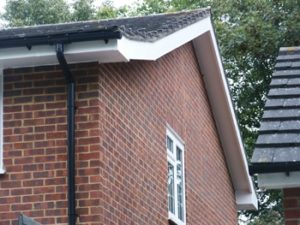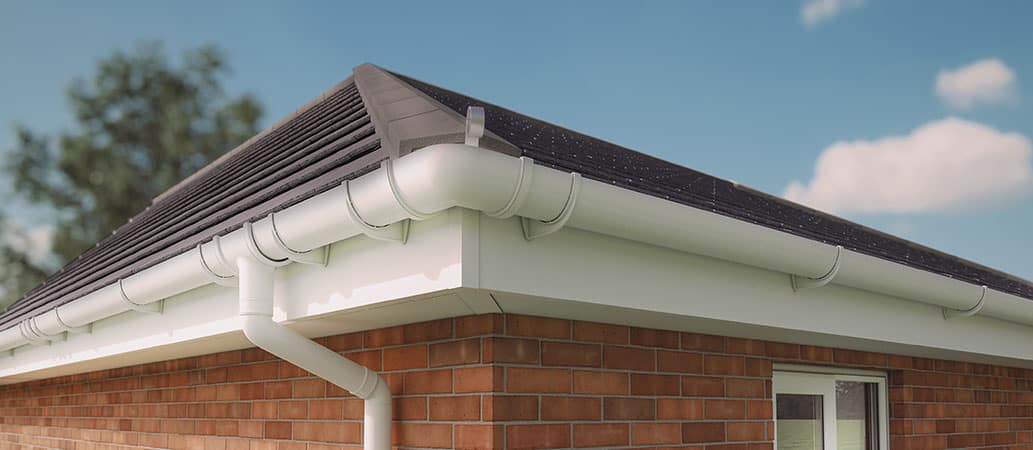
Fascia And Soffit Maintenance
Add a review FollowOverview
-
Founded Date October 26, 1997
-
Sectors Computer Engineering
-
Posted Jobs 0
-
Viewed 31
Company Description
15 Gifts For The Soffit Replacement Lover In Your Life
Affordable Soffit Replacement: A Comprehensive Guide
Soffits are an important part of any home’s exterior structure, playing a pivotal role in maintaining the roofing system’s stability and supplying an ended up appearance to eaves. Gradually, soffits can become harmed due to use, rot, or insect problem. While soffit replacement may appear like a difficult and expensive venture, this guide will assist homeowners understand the process and explore affordable alternatives for soffit replacement.
What is Soffit and Why is it Important?
Soffits are the horizontal surface area that links the exterior walls of a home to the underside of the roofing system’s overhang. They are not only aesthetic components however serve key practical purposes, including:
- Ventilation: Soffits provide air flow into the attic, helping to control temperature and avoid moisture accumulation.
- Defense: They shield rafters from the elements, avoiding water damage and decay.
- Pest Deterrence: Well-installed soffits can discourage bugs and other small animals from nesting in the eaves.
Signs You Need Soffit Replacement
House owners should constantly watch for signs of soffit damage, which can suggest the requirement for replacement:
- Visible Rot or Decay: Look for signs of wood rot or decay around the edges of your soffit.
- Pest Infestations: Finding bugs or nesting materials can show a compromised soffit.
- Staining or Staining: Water stains frequently indicate underlying leakages or damage that needs attention.
- Peeling or Cracking Paint: Flaking paint can show wetness concerns or wood damage.
- Drooping Sections: If the soffit appears to droop, it may be failing structurally.
How to Approach Soffit Replacement Affordably
Affordable soffit replacement does not imply jeopardizing on quality. Homeowners can think about the following techniques:
1. Assess Your Current Soffits
Before proceeding with replacement, examine whether an easy repair could extend the life expectancy of existing soffits. Small damages such as small holes or surface rot can often be dealt with without total replacement.

2. Product Selection
Picking the best material can considerably affect costs. Conventional wood soffits are often the most costly due to labor and product costs. Conversely, alternatives such as vinyl or aluminum can be durable and more cost-efficient.
| Product Type | Expense per Square Foot | Pros | Cons |
|---|---|---|---|
| Wood | ₤ 3 – ₤ 6 | Visual appeal | Vulnerable to rot |
| Vinyl | ₤ 2 – ₤ 4 | Low maintenance | Fading over time |
| Aluminum | ₤ 2 – ₤ 4 | Rust-resistant | Damages quickly |
| Fiber Cement | ₤ 3 – ₤ 5 | Durability | Heavy to install |
3. Do it yourself vs. Hiring Professionals
Choosing whether to deal with the project as a DIY or employ specialists can considerably affect the budget plan:
- DIY Installation: This can conserve a substantial quantity in labor costs. Nevertheless, it requires tools, time, and a fundamental knowledge of building.
- Employing a Contractor: Professional installation guarantees a quality finish however can result in greater general expenses. To keep costs down, get numerous quotes and discuss materials that fit your spending plan.
4. Timing the Project
Timing can influence rates. Specialists typically have slower seasons where they might provide discount rates. Arranging your soffit replacement throughout less busy times can yield cost savings.
5. Check Out Local Programs and Grants
Home improvement grants or loans may be readily available through city government programs focused on helping with energy effectiveness projects. Research study offered alternatives in your area before beginning your task.

Actions for Soffit Replacement
If the choice is made to change soffits, here is a general overview of the actions included:
- Gather Necessary Tools and Materials: Ensure you have ladders, saws, nails, caulk, and the chosen soffit material.
- Remove Old Soffits: Carefully detach old soffits, making sure to prevent damage to surrounding structures.
- Inspect Framework: Look for any indications of decay or damage in the structure underneath. Make repairs as needed.
- Measure and Cut New Soffits: Measure the area precisely and cut new pieces to size.
- Install New Soffits: Secure the new soffit panels in location, ensuring they are lined up and correctly aerated where necessary.
- Paint (if applicable): If utilizing wood or fiber cement, consider applying a weatherproof sealant or paint for added security.
Frequently Asked Questions (FAQs)
1. How frequently should soffits be changed?
Soffits can last between 20-30 years depending upon product and environmental exposure. Regular examinations can help identify the requirement for replacement.
2. Can I change soffits without getting rid of the seamless gutters?
Yes, soffit replacement can often be done without removing seamless gutters if adequate care is taken. Nevertheless, it’s best to speak with a professional for intricate circumstances.
3. What are the cost distinctions between materials?
Wood is usually the most expensive, while vinyl and aluminum are more affordable options. Fiber cement falls in between.
4. Is soffit replacement a DIY project?
While possible as a DIY task, it’s vital to have the right tools and abilities. Consultation with specialists is advised for a perfect surface.
5. How can I keep new soffits?
Routine cleaning and inspections for signs of damage can help extend the life of freshly changed soffits, despite product type.
Affordable soffit replacement is achievable through informed choices about materials, careful planning, and an assessment of whether to DIY or work with a professional. By comprehending the indications of damage, examining material choices, and following a systematic replacement procedure, homeowners can secure their financial investments and ensure their homes remain both practical and aesthetically attractive.
